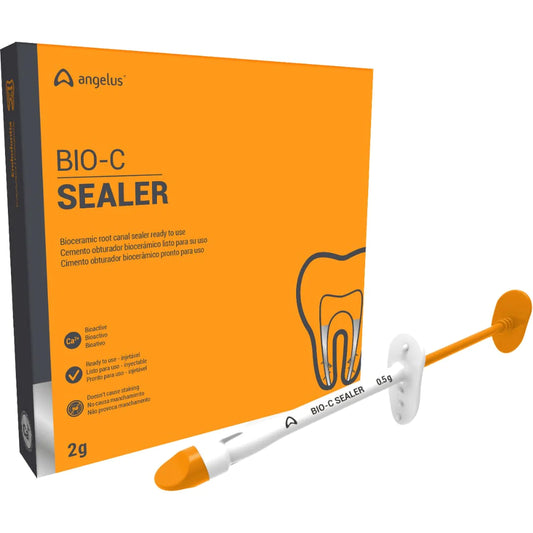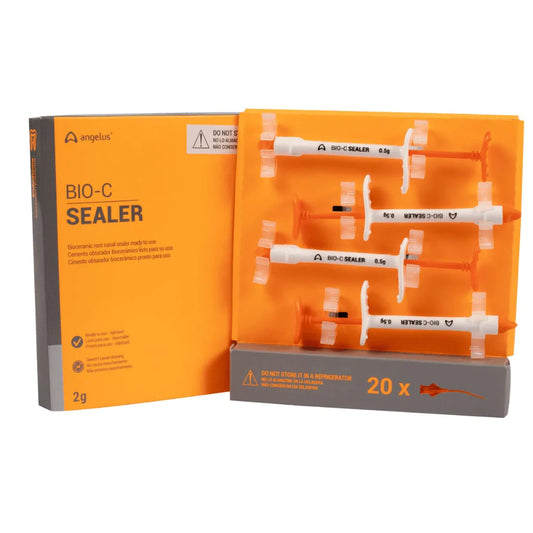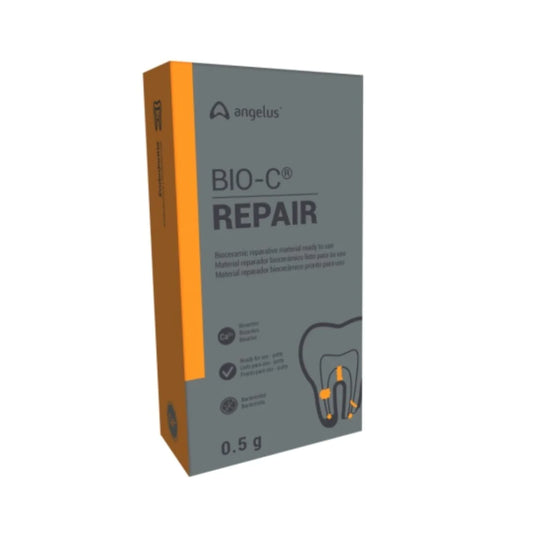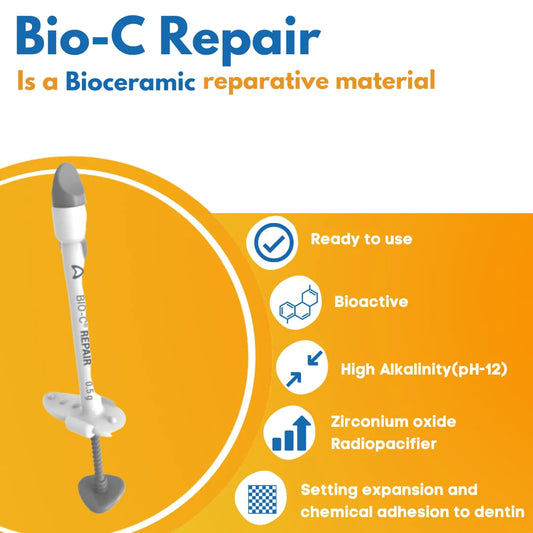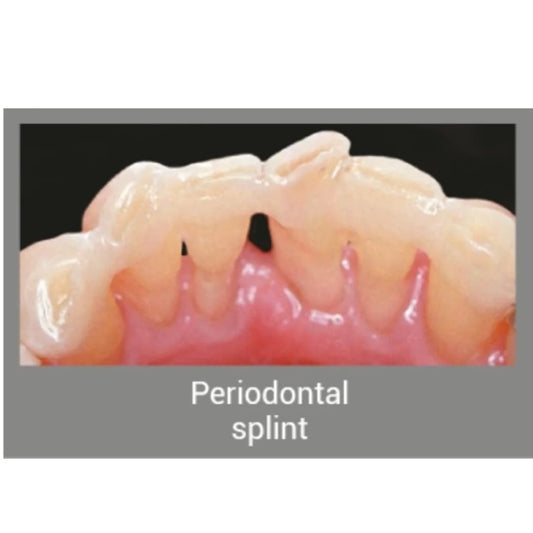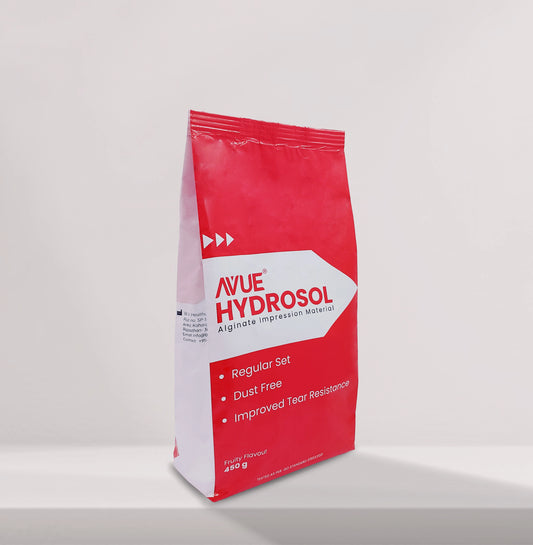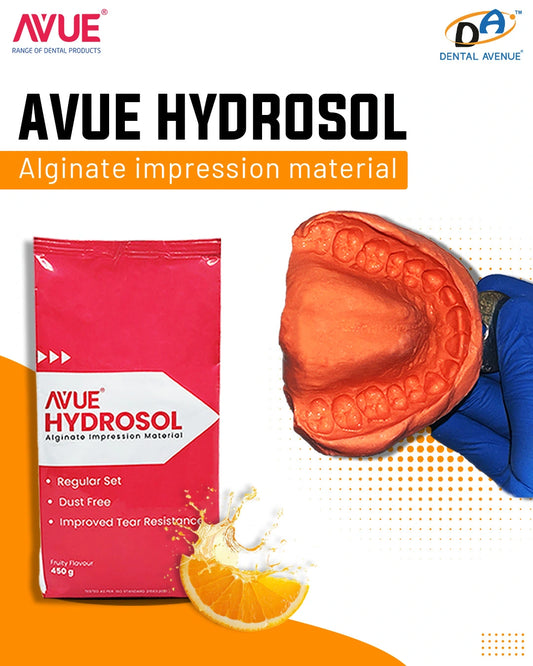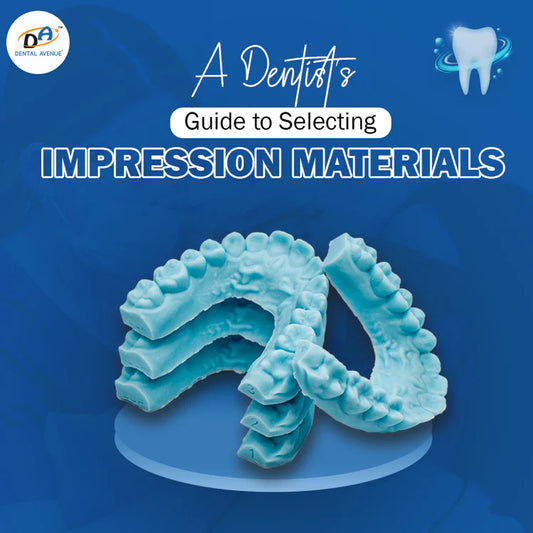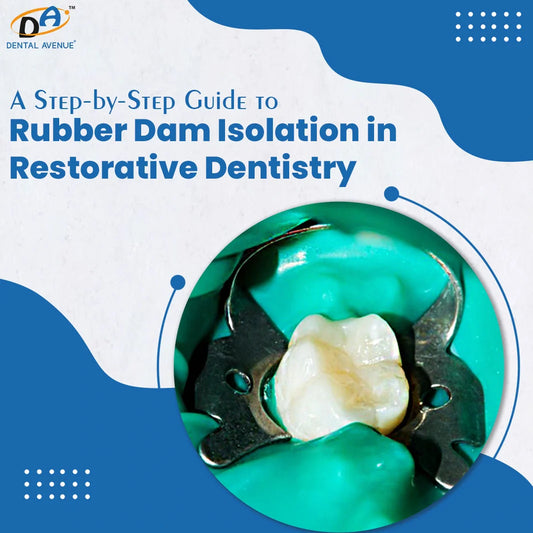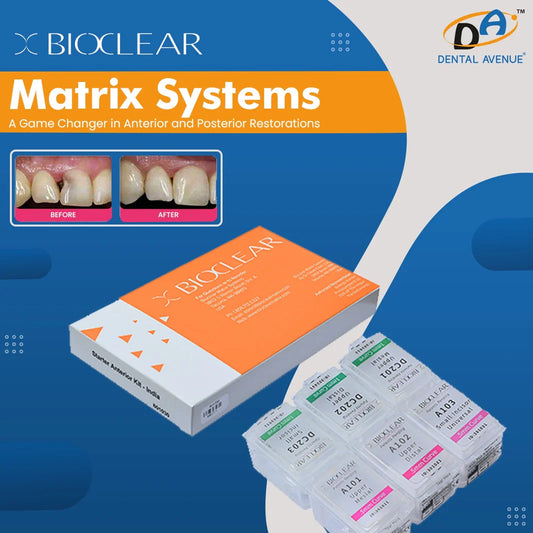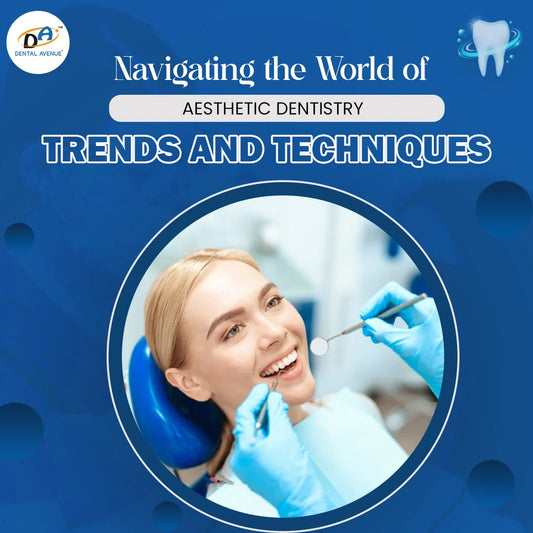Dental Aesthetics, particularly tooth color hold significant importance for most individuals, as any discoloration or staining can adversely affect the quality of life
The lightening of the color of a tooth through the application of a chemical agent to oxidize the organic pigmentation of the tooth is referred to as dental bleaching.
This piece will walk you through what teeth bleaching involves, its benefits, and how to care for your newly whitened teeth. India has a rich tea culture and flavorful cuisines, which can stain enamel over time. So, even if you love your evening chai, you might notice gradual yellowing.
The good news is that modern bleaching agents (like hydrogen peroxide or carbamide peroxide) can break down those stains at the enamel level. But every method has steps and precautions.
Let’s understand thoroughly.
Causes of tooth discoloration-
1) Extrinsic Discoloration - located on the surface of the tooth and are easily removed by cleaning and polishing. It can be due to poor oral hygiene, ingestion of chromogenic foods and drinks, and tobacco use
2) Intrinsic Discoloration - located within the tooth structure. It can be due to pulp necrosis, fluorosis, aging, or developmental defects.
American Dental Association (ADA). Whitening: Information on vital tooth whitening procedures and their safety. ADA.org. 2021.
Bleaching Agents & How They Work
The most common bleaching agents in Dentistry are hydrogen peroxide and carbamide peroxide. These two compounds are able to release oxygen free radicals while coming in contact with tooth enamel. The free radicals penetrate into the enamel and dentin layer and break the high molecular weight molecules into smaller molecules, making them lighter in color.
Both hydrogen peroxide (H₂O₂) and carbamide peroxide can diffuse through. Dentists carefully choose the concentration: higher percentages act faster but may require a protective barrier to shield the gums. Discoloration of crowns or fillings may require other treatment methods like bonding or veneers because dental bleaching agents do not work on crowns and fillings.
Comparative studies have shown these chemical agents to be safe and effective, providing they are controlled and properly monitored. No evidence correctly applied whitening causes permanent damage. Still, it’s wise to have your dentist supervise the procedure to select the right agent and duration for your teeth.
Sulieman, M.A. An overview of bleaching techniques: Chemistry, safety and efficacy. PubMed – National Library of Medicine. 2013.
Types of Teeth Bleaching Procedures
In-Office Bleaching (Professional Bleaching)
At dentist’s offices, high concentrations of peroxide gels are used with some special lights and lasers to expedite the process, thus achieving quicker results. Dentists protect your gums and closely monitor the session to avoid overexposure.
At-Home Bleaching Kits (Dentist-Prescribed)
Dentists provide a professionally tailored bleaching kit for teeth for use at home, which contains custom bleaching trays and a lower concentration gel (10-20% carbamide peroxide).
Patients are instructed to fill the trays with gel and to wear them for a certain duration, which is often overnight, for one to two weeks. This method is convenient and cost-effective, though it takes longer to see full results than in-office treatment. These can lighten teeth slightly over weeks, but for best results, we recommend a dentist-supervised approach.
Benefits of Teeth Whitening
Bleaching teeth in a clinical setting is one of the easiest ways to enhance dental aesthetics. The benefits are as follows:
-
Effective on common stains: Bleaching removes both extrinsic stains (from foods and drinks like coffee, tea, soda, turmeric, etc.) and some intrinsic stains (inside the tooth, e.g., from ageing or mild antibiotic effects).
-
Fast results with in-office treatment: Under the dentist’s care, whitening can happen in one visit, giving immediate gratification.
-
Customizable: Your dentist can tailor the whitening level to your needs. If you want very bright teeth, they can continue treatment until you reach that shade. If you’re moderately discoloured, fewer sessions may suffice.
-
Minimal invasiveness: Unlike veneers or crowns, bleaching in dentistry does not involve drilling or altering tooth structure (though precautions are taken). It’s a non-invasive procedure.
Dezy Dental. Teeth Whitening Treatment – Safe, Non-Invasive Procedure to Brighten Your Smile. Dezy.com. 2024.
Recommended Read - How to Find Quality Dental Materials Online?
Side Effects & Safety Considerations
The ADA and multiple studies report that temporary tooth sensitivity and slight gum inflammation are normal reactions. Here’s what to expect:
-
Sensitivity: The patient might feel sensitivity (especially with hot/cold) during or after whitening. This happens because peroxide can temporarily open the microscopic tubules in the dentin. Fluoride gels and desensitizing toothpaste, whether over the counter or prescribed by the dentist, can be used as adjuncts.
-
Gum Irritation: In case bleaching gel comes in contact with the gums, mild erythema or discomfort may occur. Dentist-applied treatments include protective barriers (e.g., rubber dam or gel foam) to shield gums, and custom trays help in at-home kits. Any irritation usually disappears shortly after stopping the treatment.
-
Safety: The key is professional supervision: dentists choose safe concentrations and monitor usage. While there are many ways things could go wrong (taking unregulated products, vomiting the gel, using excessive quantities of bleach), if instructions are followed, the complications can be avoided
Tip: Remember to always talk to your dentist before any whitening bleaching procedure. The ADA explicitly recommends teeth whitening only after consulting with a dentist.
Aftercare Tips for a Lasting Bright Smile
In the first 24 -48 hours after bleaching, your enamel is more porous and susceptible to re-staining. Most patients will go on something called a ‘white diet’, during which no coffee, tea, wine, colored juices, curries, tomatoes, dark berries, or tobacco is allowed. Although difficult, drinking through a straw and rinsing after meals can help mitigate damage.
After the initial period
-
Maintain good oral hygiene: Brush twice daily using a soft-bristle brush. Flossing and use of Interdental brushes is also recommended. It is recommended to use a toothpaste prescribed for sensitive teeth or one that contains gentle whitening. Other low-abrasive whitening toothpastes, like those with baking soda, can brighten teeth without damaging enamel.
-
Use fluoride or remineralizing products: After whitening, dentists tend to recommend a high-fluoride toothpaste or CPP-ACP paste containing casein phosphopeptide-amorphous calcium phosphate to reinforce enamel.
-
Regular touch-ups: The whitening progress with professional treatments can be sustained with at-home maintenance kits containing gentler gels, strips, or trays. For many people, a refresher every 6–12 months is enough to counteract staining foods and aging.
-
Avoid habits that stain: Smoking or frequent drinking of staining beverages will shorten the effects. (Studies note that heavy smokers see faster relapse of stains.) Simple changes like switching from black tea to green tea or brushing after coffee can make a difference.
How does Dental Avenue Help?
Whether you need professional-grade bleaching gels, pola office bleaching kit, custom tray materials, protective barriers, or the latest curing lights, at Dental Avenue, we are the innovative dental products and dental equipment suppliers online for safe and effective bleaching treatments.
We help dental professionals stay updated with the latest clinical innovations so patients get the best results. We not only provide advanced equipment or materials, but we also offer educational resources and customer support so dentists can learn about new techniques (like updated bleaching protocols) and integrate them smoothly.
Key Takeaway
The procedure, whether done in-office or with a take-home kit, relies on well-studied peroxide agents to oxidize stains and lighten tooth colour.
Maintaining that pearly shine means watching what you eat and drink in the days after treatment. Avoiding staining foods (like spicy curries, tea/coffee, and red sauces) and practising good oral hygiene will prolong results.
For anyone considering bleaching, your journey will begin with a dental consultation. With an experienced dentist, you will receive a complete examination and be provided with the best whitening solution, whether it be in-office or take-home kits, along with proper aftercare instructions.
Frequently Asked Questions (FAQs)
References Taken From -
https://www.ada.org/resources/ada-library/oral-health-topics/whitening#:~:text=supplied%20products%20for%20use%20at,effects%20of%20vital%20tooth%20whitening
https://www.ida.org.in/Membership/Details/BleachingAndWhiteningAgents#:~:text=There%20are%20two%20methods%20to,Factors%20which
https://pubmed.ncbi.nlm.nih.gov/23846062/#:~:text=demonstrate%20that%2C%20when%20used%20properly%2C,whitening%20regimen%20for%20individual%20patients
https://www.dezy.com/services/teeth-whitening

